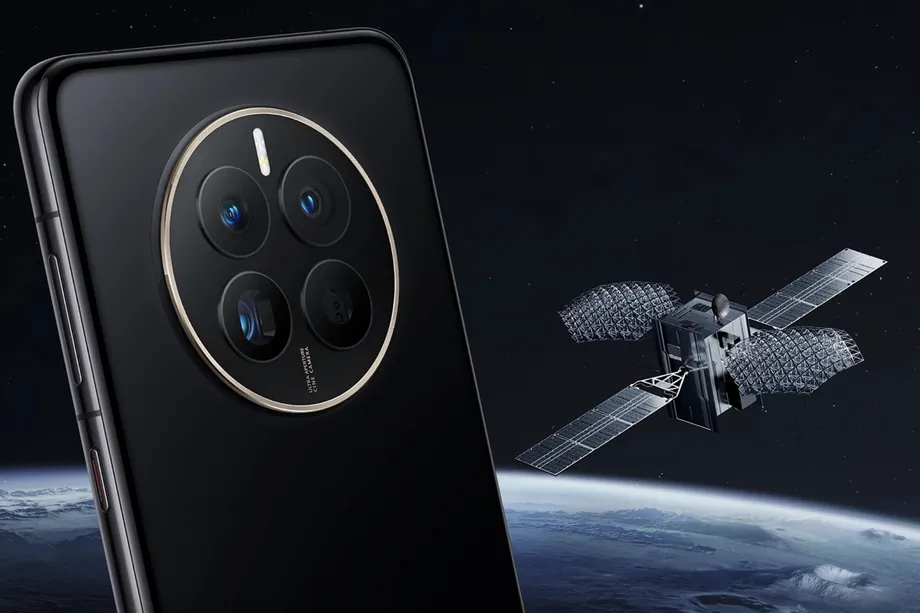The capacity to send texts via satellite communication is a feature that the iPhone 14 is anticipated to have, and Huawei has introduced the Mate 50 series one day before Apple’s September event. Thanks to China’s international BeiDou satellite network, the Mate 50 and Mate 50 Pro will be able to communicate in places without cellular connection and use navigation.
The flagship Mate 50 series features 8GB RAM and the Snapdragon 8 Plus Gen 1 CPU in 4G-only configurations. While the Mate 50 has a 6.7-inch, 90Hz OLED panel, the 50 Pro has a slightly larger 6.74-inch OLED screen with a 120Hz refresh rate. Both have a 50-megapixel main rear camera with a variable aperture lens that has stops ranging from f/1.4 to f/4. While a moving aperture is neat since most smartphone cameras have fixed apertures, the lens itself is so small that it is unlikely to make a noticeable difference in depth of field in most circumstances.
While both models have a telephoto lens with a 13-megapixel f/2.2 sensor and the same 12-megapixel sensor as the normal Mate 50, the Pro boasts an enhanced 64-megapixel camera that can digitally zoom 200 times.
It’s true that satellite-based communication is something you hear a lot about these days. Recently, a cooperation between T-Mobile and SpaceX was revealed with the goal of bringing this capability to T-Mobile customers via Starlink satellites. Furthermore, since last year, there have been numerous reports regarding Apple’s satellite messaging function.
All of these scenarios are likely to have limited technology at initially. Voice calls and data will come later, according to T-Mobile, but its system will include text and even photo messaging. Additionally, it appears that the Mate 50 phones will only be able to send texts via satellite—not receive them—based on Huawei’s description of the technology. In each of these scenarios, satellite-based texting attempts to offer an emergency link in signal-less areas to send essential messages, rather than a way to stay in touch with your group chats when you’re out of cell range. In any event, because Huawei’s smartphones won’t be available in the US, we’ll have to wait at least a bit longer for the function.




